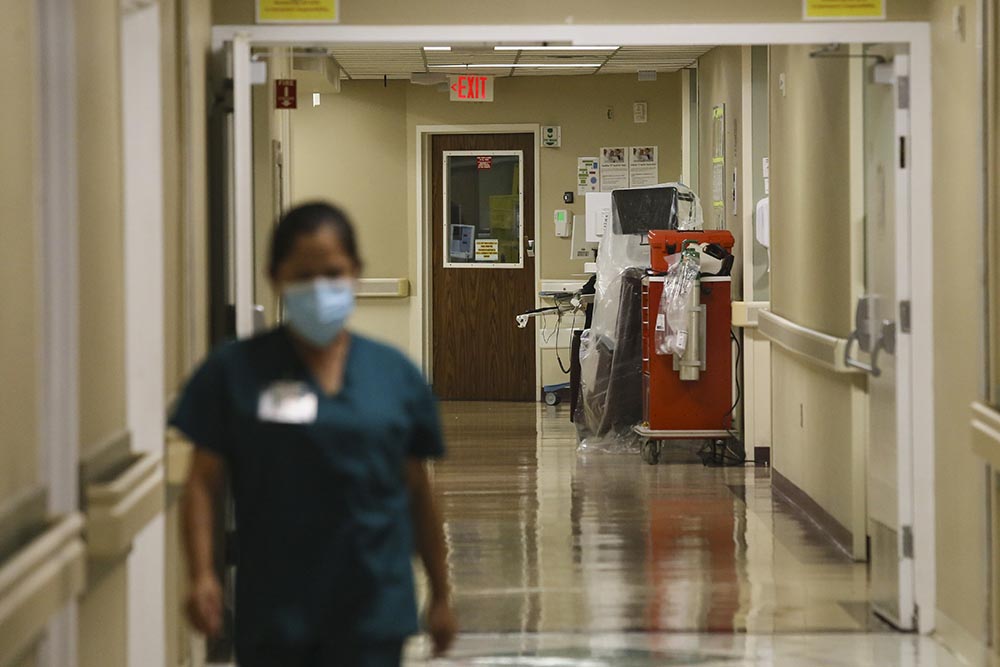|
Only have a minute? Listen instead
Getting your Trinity Audio player ready...
|
Texas’ hospitals and healthcare systems are crucial for the health and prosperity of our communities.
Hospitals are community safety nets and lifelines operating 24 hours a day, 7 days a week, 365 days a year. They provide lifesaving and emergency frontline care around the clock to all. Communities like ours have access to a high degree of specialized and advanced healthcare services because our hospitals invest in creating healthcare ecosystems that integrate primary and specialty care with the latest technology, treatments, research and learning environments that allow innovation to thrive. Our hospitals make medical breakthroughs possible and increase local access to care across all levels of health care.
The impact of our hospitals doesn’t end there. They also support jobs and our economy, creating spillover demand for local goods and services and attracting investment in long-term development to our community.
In the Rio Grande Valley, our healthcare industry generates nearly $14 billion of economic activity each year. It’s responsible for more than 40% of the jobs we’ve created over the past decade. Today, one in three workers in the RGV area is employed in the healthcare and biosciences industry, and our health services support almost 120,000 local jobs.
Considering the outsized impact hospitals have on our community, one might assume that federal policymakers are working to ensure the success of our hospitals and health systems. However, some members of Congress are actually pushing in the opposite direction. Special interests are lobbying hard for huge cuts to patient care that would slash billions of dollars from the reimbursements that keep hospitals afloat. These massive cuts, like those proposed in the federal FAIR Act, SITE Act and similar proposals considered during the last session of the Texas State Legislature, would inevitably reduce access to care.
Patients everywhere could suffer, but rural and underserved communities would almost certainly be hit the hardest. In rural regions like ours, hospitals are often patients’ default option for primary care. They are essential and are sometimes the only places where patients obtain necessary services, including OB-GYN and neonatal care, ICU and burn units, and mental and behavioral health treatment. When rural hospitals close their doors or reduce services, patients must travel farther to access care, wait longer for appointments, or both.
In addition to acting as primary sites of care for patients in underserved areas, hospitals are often a financial anchor for specialists. Reducing hospital reimbursements will negatively impact their ability to support these critical specialists, further decreasing access to specialty care in already vulnerable communities. percent
These added burdens have a direct impact on patients’ health. The farther a person must travel to access a healthcare provider, the less likely they are to seek preventative care. They become more likely to skip or postpone follow-up visits, even during treatment for severe illnesses like cancer. Health issues that might have been easily treated after early screening can become major problems, requiring more complex care. And in the event of a sudden illness or accident, none of us want to find ourselves or our loved ones a long drive from the nearest ER.
The last thing regions like ours can afford are these proposed cuts to patient care. Many hospitals are already facing a financial crisis. Many patients are already paying a price.
Already, Medicare reimburses hospitals only 82 cents for every dollar they spend providing care. That leaves significant shortfalls.
Texas already has experienced some of the highest hospital closures in the country. Between 2010 and 2020, 26 Texas hospitals across 22 rural counties closed. Our state accounted for more than 20% of the entire country’s hospital closures during that span. Two more have closed since then, and more than half of our state’s rural hospitals are considered “vulnerable,” the highest share in the country.
Medicare reimbursement rates in Texas are the second lowest in the country. Labor shortages, rising drug prices and record inflation have pushed Texas hospitals’ operating expenses up 20% above pre-COVID levels. And nationwide, burdensome insurance company requirements and claim denials cost hospitals nearly $20 billion annually.
The end result: Almost half of Texas’s hospitals finished 2022 with negative operating margins. And now Washington, D.C., is threatening to make things even worse.
The cuts proposed by Congress will further exacerbate hospitals’ financial challenges. If passed, many hospitals would have to eliminate or reduce services that patients rely on. Others could be pushed all the way over the financial cliff and forced to close. Ultimately, patients will suffer.
Further cuts to patient care are a pill the Rio Grande Valley cannot swallow. We must stand with and support our hospitals and health systems in order to strengthen patient access to care.
Daniel Silva is the president and CEO of the Rio Grande Valley Partnership, based in Weslaco.





